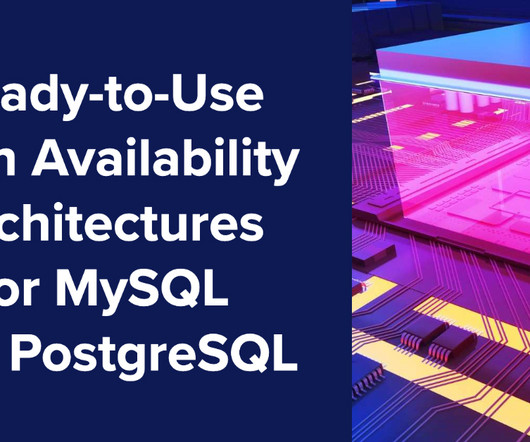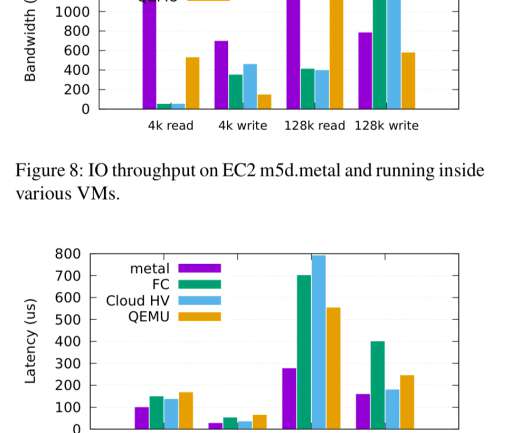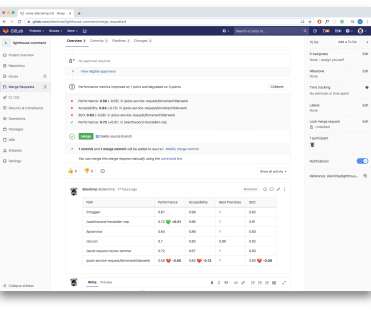MySQL Backups: Methods & Best Practices
Scalegrid
FEBRUARY 1, 2024
Dive in to uncover the essentials of different backup types, command-line tools, and strategic practices for robust data protection. MySQL is a popular open-source relational database management system for online applications and data warehousing. There are numerous options available, each with its advantages and disadvantages.































Let's personalize your content